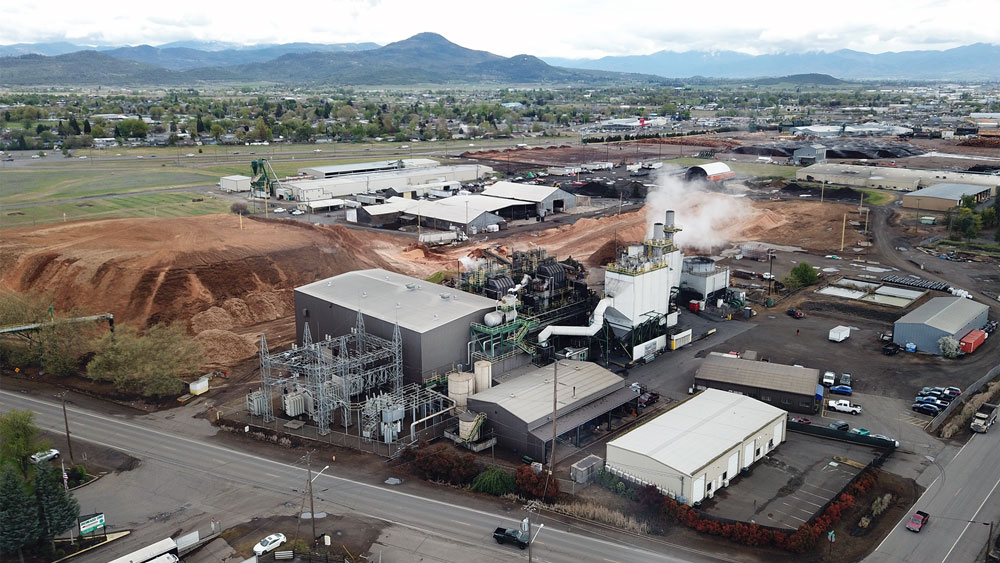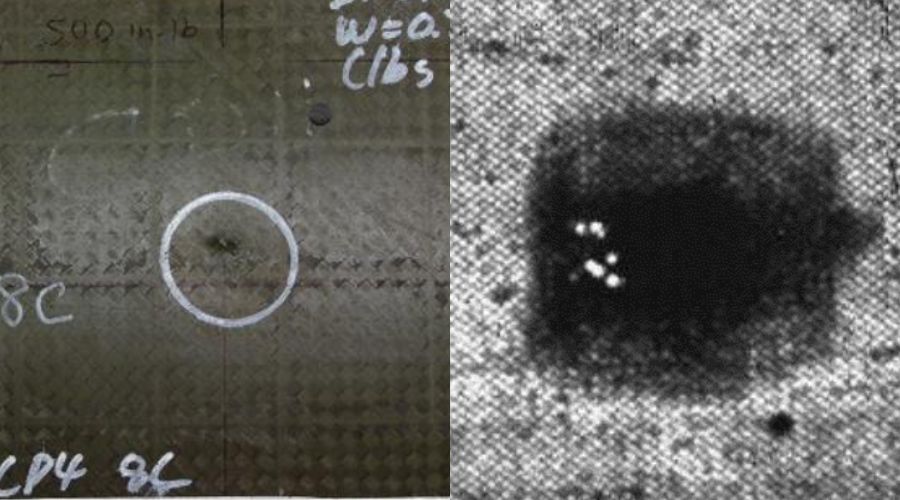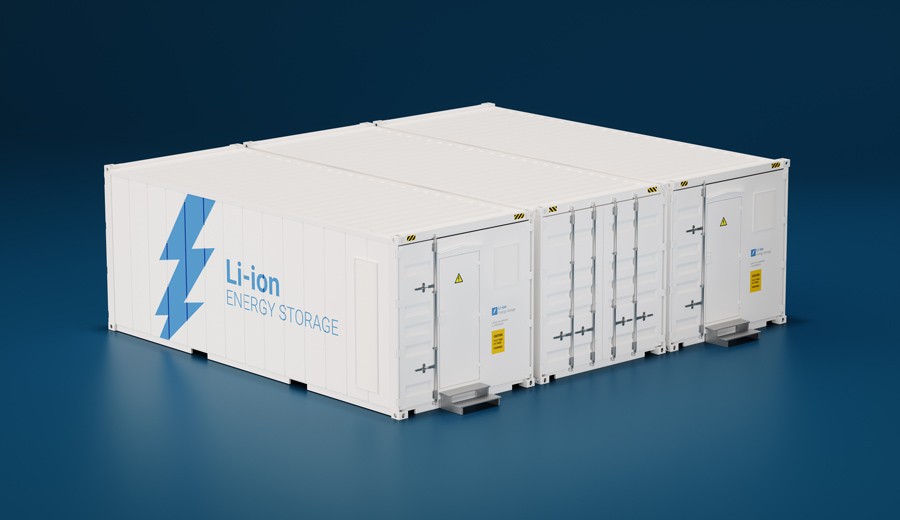
How to Prevent Lithium Battery Fire
Safeguard Your Energy Storage Facility from Lithium Battery Fires
Energy storage facilities are at a heightened risk for fire due to the nature of lithium-ion batteries. These batteries are widely used in electric vehicles, personal electronic devices, and energy storage systems. Once a fire starts in a battery storage, it can quickly escalate and become difficult to extinguish. A spontaneous fire can lead to significant property damage, environmental pollution, and potential harm to personnel.
In this article, we discuss how to prevent lithium battery fire in energy storage facilities with the help of thermal imaging.
Lithium-ion Battery Fires Are on the Rise
According to data from the National Fire Protection Association (NFPA), there were an estimated 3,050 fires in battery storage and charging areas in the US between 2012 and 2016. Of these fires, 739 were reported in 2016 alone. In addition, several high-profile incidents of lithium-ion battery fires have occurred recently, including the 2013 fire at the Boeing 787 Dreamliner’s battery compartment and the 2016 Samsung Galaxy Note 7 battery explosions.
Why do lithium batteries catch fire?
Lithium batteries can catch fire due to a process called thermal runaway. This happens when the battery gets too hot, causing a chain reaction that raises the temperature even more. This can cause the flammable electrolyte inside the battery to ignite, leading to a fire that can spread rapidly. Thermal runaway can be triggered by various factors, including overcharging, physical damage, manufacturing defects, or exposure to high temperatures.
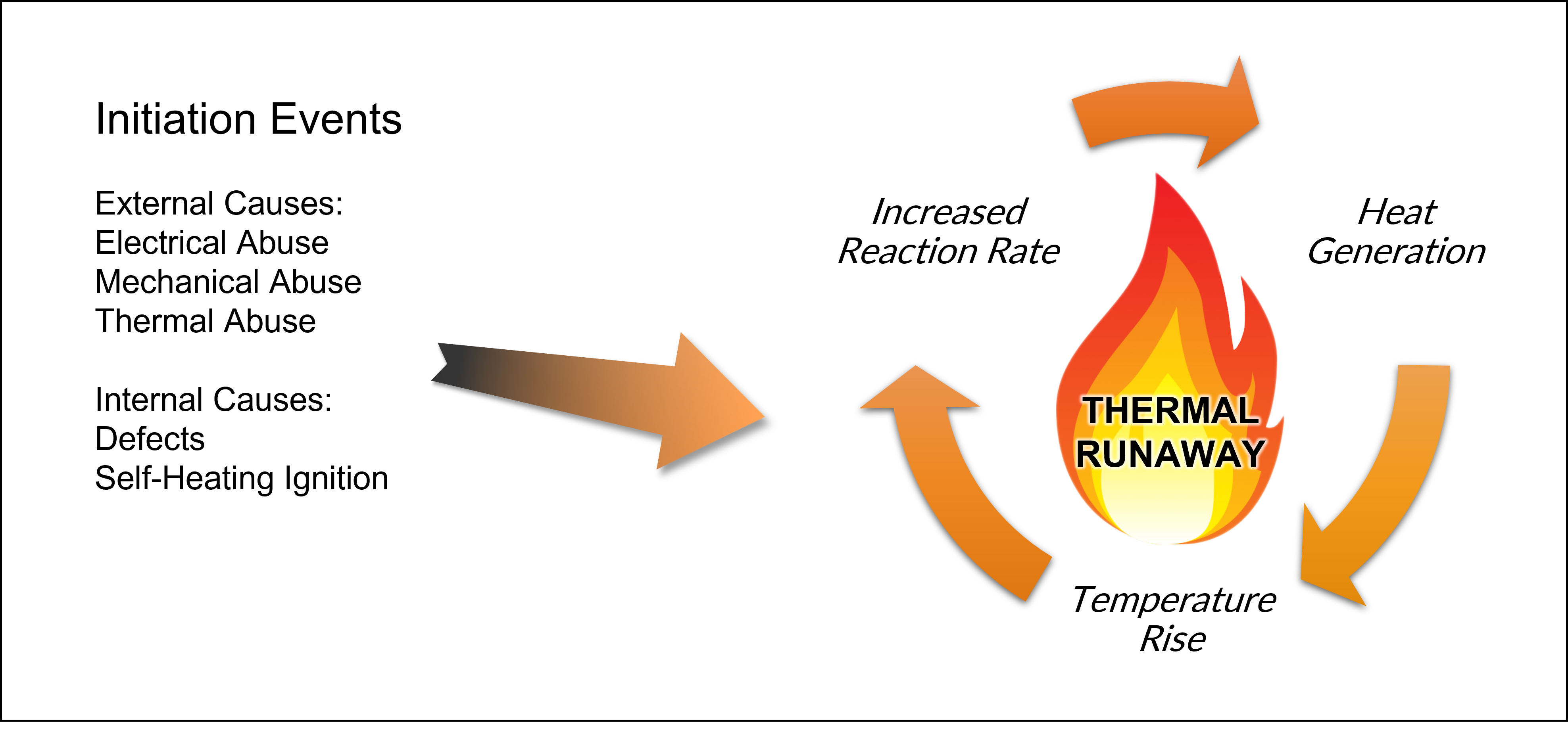 Detect Overheating of Lithium Batteries
Detect Overheating of Lithium Batteries
One of the most effective ways to prevent battery fires is through early detection of hotspots in battery cells. Thermal imaging cameras can detect hotspots in battery cells caused by factors such as overcharging, damaged cells, or other issues that could lead to thermal runaway.
The cameras can detect temperature changes that are invisible to the naked eye and can quickly identify potential fire hazards. This allows operators to take appropriate measures to prevent a fire from starting or spreading. For instance, if a hotspot is detected, the operator can immediately shut down the affected battery or move it to a safe location for cooling. Additionally, thermal imaging can be integrated with other monitoring systems to provide a more comprehensive view of battery health and reduce the risk of fires.
There are various ways to implement thermal imaging technology for monitoring lithium-ion battery storage. For example, early fire detection systems use cameras to detect overheating in lithium-ion batteries. These systems monitor the temperature of the batteries and detect any anomalies or hotspots in real time. The early detection provided by these systems allows operators to take preventative measures to mitigate fire risk.
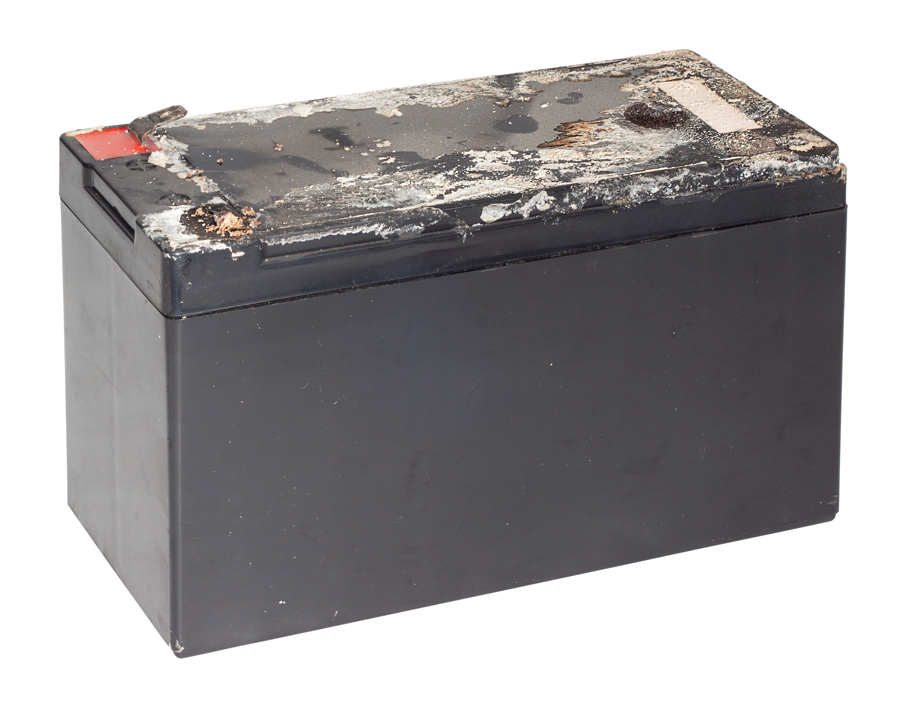
Early Fire Detection Systems
MoviTHERM has developed iEFD, a system that uses smart thermal cameras and cloud connectivity to detect hotspots in lithium-ion batteries. The iEFD system is strategically installed and can monitor specific battery cells or charging stations. The system continuously monitors the temperature of the batteries and compares the readings to historical data to detect any anomalies. If a hotspot is detected, the system automatically sends an alert to the operator, who can properly mitigate the fire risk.
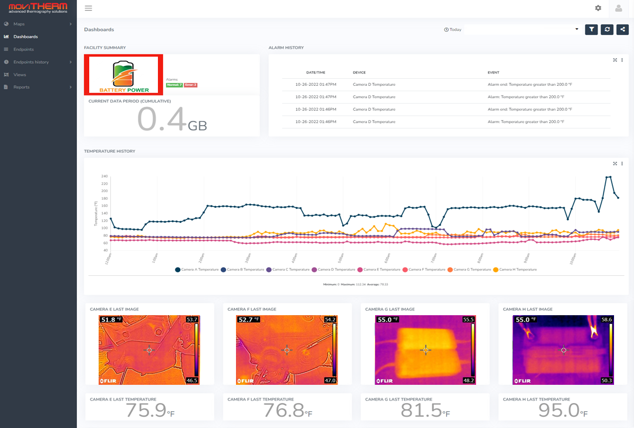
Detect Hotspots Early
The iEFD system offers several benefits in preventing lithium-ion battery fires. The system detects hotspots early, allowing operators to take preventative measures to mitigate the fire risk. This early detection can significantly reduce the risk of damage, preventing downtime and potential loss of revenue.
Improve Emergency Planning
The iEFD system improves emergency planning by providing a map feature that can locate the hotspot and notify relevant personnel. The map feature helps track the fire’s movement, allowing emergency responders to quickly locate and respond to the affected area. This increases their response time and keeps personnel safe. The map feature is also useful for training purposes, allowing personnel to visualize the potential spread of a fire and understand how to respond effectively.
Easy Integration
The iEFD system can be integrated with fire suppression systems to provide a more robust solution. In the event of a fire, the system can trigger the fire suppression system to suppress the fire before it spreads. This integrated approach can reduce the risk of damage to property.
Following Safety Measures
Thermal cameras and other early detection systems are important in preventing fires in storage facilities, but they are only a warning system. They can detect hotspots in batteries and alert operators to take action, but they can’t put out the fire by themselves. To prevent fires, it’s essential to take additional safety measures such as proper battery storage and charging protocols, regular maintenance, and training staff to handle potential fires.
Finally, it is essential to have a plan in place for responding to battery fires. It’s important to be prepared in case of a fire by having emergency contact information readily available. Including the fire department and other relevant authorities. Additionally, clear evacuation procedures should be established for all employees and other occupants of the facility.
Conclusion
Overall, preventing lithium battery fires in battery storage facilities requires a multi faceted approach. This includes a combination of technology, proper handling and storage, regular maintenance and inspections, fire suppression systems, and emergency response planning.
By combining early fire detection systems with other safety measures, facility operators can minimize the risk of battery fires and ensure the safe and reliable operation of battery energy storage systems.
About MoviTHERM:
MoviTHERM – Advanced Thermography solutions was founded in 1999. The company offers solutions for plastic welding, package sealing, and non-destructive testing. In addition, MoviTHERM provides IoT Cloud monitoring solutions for thermal imaging applications for early fire detection, machine condition monitoring, and other applications. MoviTHERM is a Teledyne FLIR Premium Partner and master distributor for FLIR Thermal Cameras for automation and science applications.




